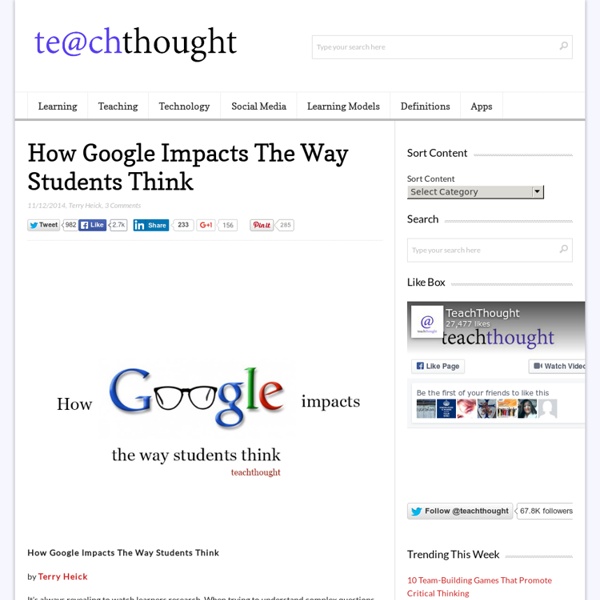Filter Bubble
Google Docs Collaboration In Hangouts Is Now Available To All Users [Updates]
Google Docs integration has graduated from extras, and is now a regular Hangouts feature available for everyone. For smaller teams of ten members or less, Google Hangouts is a wonderful collaboration tool in real time, and with Google Docs collaboration becoming a core feature on Google Hangouts, this could get a serious boost. The new intergation means that aside from regular video and audio conferences, Hangout participants can upload and share various Google Docs, and edit them collaboratively as the meeting progresses. Try it out by launching a Hangout and clicking on the new Docs button. From there on you can: Add an existing document, or upload a new one.View uploaded documents in the left side of the window.Choose to toggle between and collaboratively edit multiple documents at once. Google Docs integration was a available as preview feature since last year, along with screen sharing and sketchpad. Source: Google Plus
Home
Ad Placement
Mitä oikeastaan tiedämme Googlesta? - Tekniikka
Istun tietokoneen ääressä kotonani Helsingin Kalliossa. Ei ole oikein mitään tekemistä, joten kirjoitan Googleen sanan koira ja painan enteriä. Kuluu 0,18 sekuntia, ja hakutulokset lävähtävät ruudulle. Linkkejä on yli 6,6 miljoonaa kappaletta, eikä niihin perehtymiseen yksi elinikä riitä. Miten ihmeessä tämä on mahdollista? Google on maailman suurin hakukone. Minun koirahakuni on yksi pieni pisara tässä koskessa. Mutta näin haku alkaa: Tietokone muuttaa hakusanan ykkösiksi ja nolliksi. Hakupyyntö muistuttaa postipakettia siinä mielessä, ettei lähettäjän tarvitse vaivata päätään sillä, mitä kautta paketti löytää perille. Tietokoneesta hakupyyntö solahtaa ensin laajakaistamodeemiin ja siitä lankapuhelimen vanhaa kuparijohtoa pitkin kellariin. Asun kerrostalossa, joten nettiyhteys ulkomaailmaan kulkee kellarissa sijaitsevan talojakamon kautta. Jakamossa signaali siirtyy isompaan kuparikaapeliin, joka sukeltaa maan alle. Tätä kaapelia posotetaan joitakin satoja metrejä. Sitä on vaikea sanoa.
How to Burst the "Filter Bubble" that Protects Us from Opposing Views
The term “filter bubble” entered the public domain back in 2011when the internet activist Eli Pariser coined it to refer to the way recommendation engines shield people from certain aspects of the real world. Pariser used the example of two people who googled the term “BP”. One received links to investment news about BP while the other received links to the Deepwater Horizon oil spill, presumably as a result of some recommendation algorithm. This is an insidious problem. Much social research shows that people prefer to receive information that they agree with instead of information that challenges their beliefs. This problem is compounded when social networks recommend content based on what users already like and on what people similar to them also like. This is the filter bubble—being surrounded only by people you like and content that you agree with. And the danger is that it can polarise populations creating potentially harmful divisions in society. It’s certainly a start.
Google: first MOOP (Massive Online Open Pedagogy)
Seek and you will find As a kid I never imagined, when watching Star Trek, that I really would have a little device on which I could ask any question, and it would almost certainly give me a meaningful answer. Science fiction came true and I have one next to me now and its main tool is Google search. Google search is probably the most profound pedagogic shift in the history of learning, not a game changer but a previously unimaginable shift towards universal access to anything, anytime from anywhere. Montessori kids Brin was born in Russia and educated in the US, Page is from Michigan. They only met in 1995, at Stanford, yet their business, Google, famously based on a spelling error (Google should have been Googol), has become one of the most significant global businesses of our times. Most potent, pedagogic, productivity tool ever As the world’s most successful search engine it has become an indispensable tool for learning and research. Google – game changer in learning Outsourced memory
How To Use Google Drive and Evernote To Create Digital Portfolios
The following post is written by Greg Kulowiec & Beth Holland from EdTechTeacher. You can hear them both present at the April 10-12 EdTechTeacher iPad Summit in Atlanta! As iPads proliferate in schools around the world, and students as well as teachers create more and more content, questions about what to do with all of those learning objects have arisen. Portfolio Curation with Google Drive Source: The Verge With recent upgrades to the Google Drive app on the iPad, it is now a viable solution for student portfolios that can be created in their entirety on iPad. The Google Drive app now allows for the creation of Documents, Spreadsheets, and Folders. The video tutorial below explains the process of creating, uploading and sharing within the Google Drive app on an iPad. Using Portfolios to Make Connections with Evernote Evernote provides one possible solution to the challenge.
Miten teen verkkokyselyn tai -lomakkeen Googlessa? - Sosiaalisen median hyvät käytännöt
Ennen kuin voit tehdä kyselyjä ja lomakkeita Google Drivessa (ent. Google Docs), sinulla pitää olla Google-tili. Verkkokyselyn vastaukset kerääntyvät automaattisesti tietueiksi laskentataulukkoon. Palvelussa on käytössä kaikki yleisimmät kysymystyypit. Lomakkeen kysymystyypit Kyselyn tekeminen Kirjaudu Google Driveen (tai luo ensin Google-tili, mikäli sinulla ei sitä vielä ole). 4. 5. 6. Mikäli haluat kysymykset pakollisiksi, valitse "Tee tästä vaadittu kysymys". 8. 7. Voit upottaa lomakkeen nettisivulle ja jakaa linkin esimerkiksi sähköpostilla: Lisää toimintoja > Upotus. Kysymysten muokkaus jälkeenpäin Mikäli jostakin syystä joudut muokkaamaan kyselyä: 1. 4. Vastaukset omaan sähköpostiin Mikäli haluat käyttää lomaketta esimerkiksi tilauslomakkeena, muuta lomakkeen asetuksia laskentataulukkonäkymässä: Työkalut > Ilmoitussäännöt. Seuraavassa ko. määritysten vaihtoehdot: Vastausten tarkastelu Kyselyn vastaukset kerääntyvät aineistoksi Google Driven laskentataulukkoon. Lisätietoa



